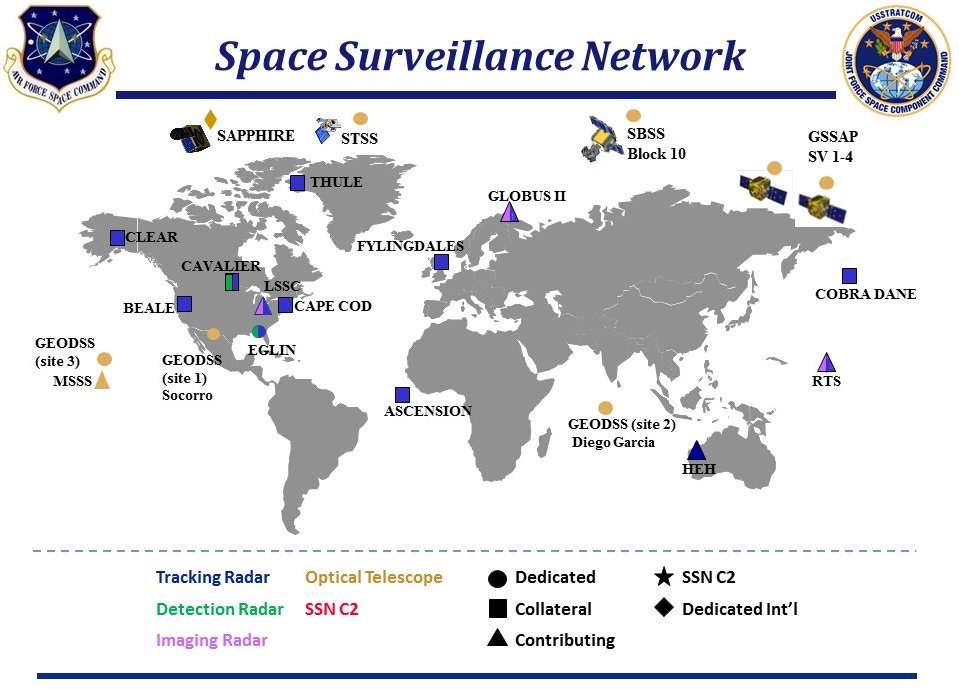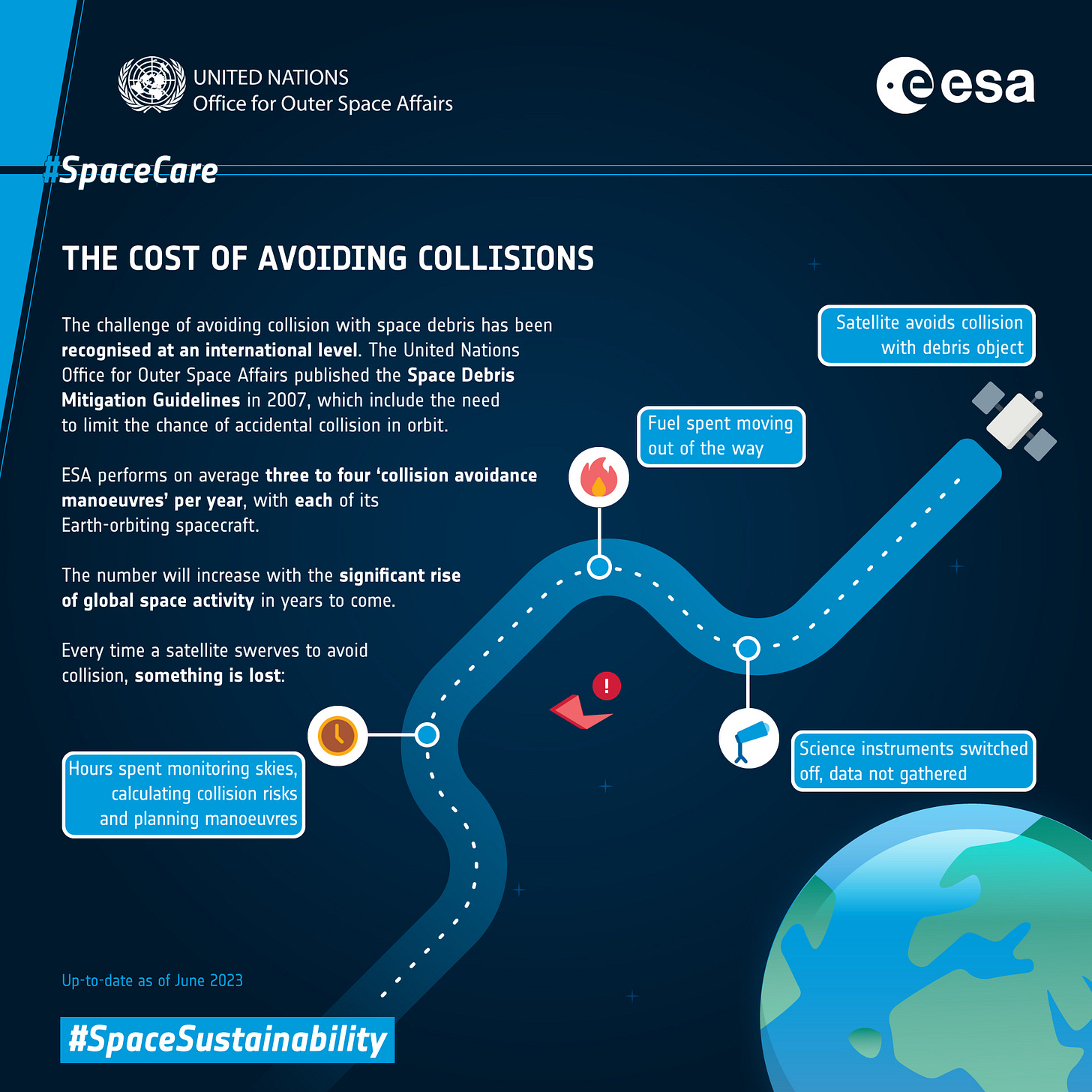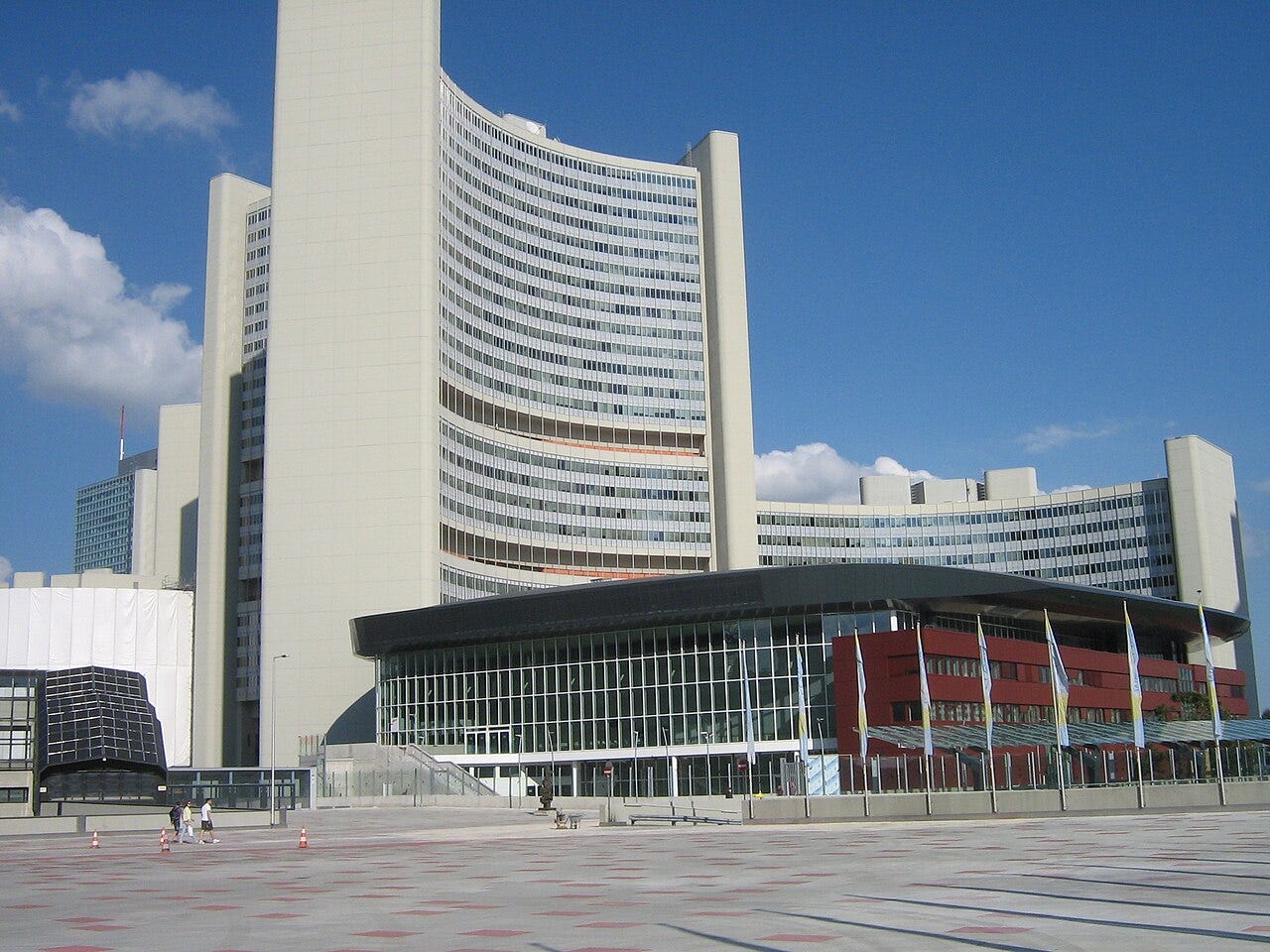The Unsung Heroes of Space Tech
Tracking and Mitigating Space Debris
Fun fact:
A Day on Venus is Longer than a Year on Venus: Venus has an incredibly slow rotation on its axis, taking about 243 Earth days to complete one rotation. In contrast, it only takes 225 Earth days for Venus to orbit the Sun. So, a day on Venus (rotation) is longer than a year on Venus (orbit). Venus takes 243 Earth days to rotate one time, but its atmosphere circulates the planet every four days.
Here is your invite to join our new channel on Whatsapp. For a complete ad free experience.
Space technology often captures our imagination with images of astronauts floating in the vacuum of space, rovers exploring distant planets, or powerful rockets propelling us beyond Earth's bounds. While these are indeed remarkable feats, there's an unsung hero of space tech that operates quietly in the background, safeguarding our endeavors in the cosmos - space debris tracking and mitigation.
The Space Junkyard: A Growing Problem
Imagine a junkyard, not on Earth, but orbiting our planet. This isn't science fiction; it's a stark reality. Over the decades of space exploration, Earth's orbit has become cluttered with thousands of defunct satellites, spent rocket stages, and fragments from previous collisions. Collectively, these objects are known as space debris, and they pose a significant threat to operational satellites, spacecraft, and even the International Space Station (ISS).
The dangers are very real. Space debris travels at staggering speeds, often exceeding 17,500 miles per hour (28,000 kilometers per hour). At these velocities, even a tiny speck of debris can cause catastrophic damage upon impact. A collision with a defunct satellite or spent rocket stage can produce thousands of new, smaller fragments, further exacerbating the problem in a chain reaction known as the Kessler Syndrome. (Hope you remember this scene)
The Silent Guardians of Our Skies
Mitigating the risks posed by space debris falls to a select group of organizations and technologies dedicated to monitoring, tracking, and preventing collisions in Earth's orbital playground. Here are some of the key aspects that make this endeavor less known but immensely important:
Tracking and Surveillance
Monitoring space debris requires a global network of ground-based radar systems and optical telescopes. These observatories track the position, velocity, and trajectory of thousands of objects in real-time. While many space agencies and organizations contribute to this effort, one such entity is the United States Space Surveillance Network (SSN). The SSN operates a network of sensors worldwide, providing continuous monitoring of space debris.
Cataloging the Clutter
One of the fundamental tasks in space debris mitigation is cataloging these objects. The U.S. Space Surveillance Network maintains a publicly accessible catalog, which includes vital information about the thousands of tracked space debris objects. This catalog helps spacecraft operators predict and avoid potential collisions.
Collision Avoidance Maneuvers
To prevent collisions with space debris, spacecraft in Earth's orbit can perform collision avoidance maneuvers. These maneuvers change the spacecraft's trajectory slightly, ensuring it doesn't intersect with a known piece of space debris. These avoidance actions are often calculated with the help of advanced algorithms and computational tools. But these maneuvers have their own costs, which are as follows:
Space Traffic Management
As our reliance on satellites for communication, navigation, and Earth observation grows, so does the density of objects in space. Space traffic management becomes essential to prevent congestion and collisions in Earth's orbital highways. Organizations like the United Nations Office for Outer Space Affairs (UNOOSA) work on establishing guidelines and best practices for responsible space operations.
Debris Removal Technologies
While tracking and avoidance are essential, the long-term solution to the space debris problem is active removal. Various technologies are being explored, including nets, harpoons, and even robotic arms, to capture and deorbit space debris. Major space agencies like NASA, ESA, ISRO, JAXA are actively researching these removal techniques.
The Growing Need for International Cooperation
As space exploration continues to advance, and commercial activities in space become more prevalent, international cooperation in space debris mitigation becomes paramount. Organizations like the United Nations Office for Outer Space Affairs (UNOOSA) and the Inter-Agency Space Debris Coordination Committee (IADC) facilitate collaboration among spacefaring nations to establish guidelines, best practices, and debris mitigation standards.
The challenge of space debris isn't limited to any one nation or entity; it's a global concern. International cooperation ensures that space debris tracking and mitigation efforts remain effective in safeguarding our collective interests in space.
The Way Forward: Cleaning Up Our Cosmic Backyard
While tracking and avoidance are crucial for managing existing space debris, the long-term solution involves actively removing this clutter from Earth's orbit. Several ambitious missions are in development to tackle this challenge head-on.
One such mission is the ESA's ClearSpace-1, set to launch in 2025. It aims to demonstrate the capture and removal of a defunct Vespa upper stage left in orbit. Success in such missions could pave the way for more extensive debris removal efforts in the future.
ClearSpace-1 Details:
A defunct rocket component, weighing 112 kilograms and launched in 2013, remains present in space, coexisting with countless other fragments of space debris. The mission of Clearspace-1 is to eliminate this Vespa upper stage from its orbital path, marking the inaugural endeavor to eliminate an existing abandoned object from space through intricate, precise proximity operations. The primary goal is to declutter space. While the concept of this mission originated within the ESA Clean Space team, the Agency has chosen to acquire it as a service from the Swiss startup known as 'Clearspace SA.' This decision serves a dual purpose: firstly, to demonstrate the essential technologies required for space debris removal, and secondly, to inaugurate a new and sustainable commercial sector in space.
Hope you liked this content. Do let us know if you have some ideas related to debris removal and handling space junk.







The ability to clean up low Earth orbit will be much more important in the coming decades with the rise of satellite constellations.